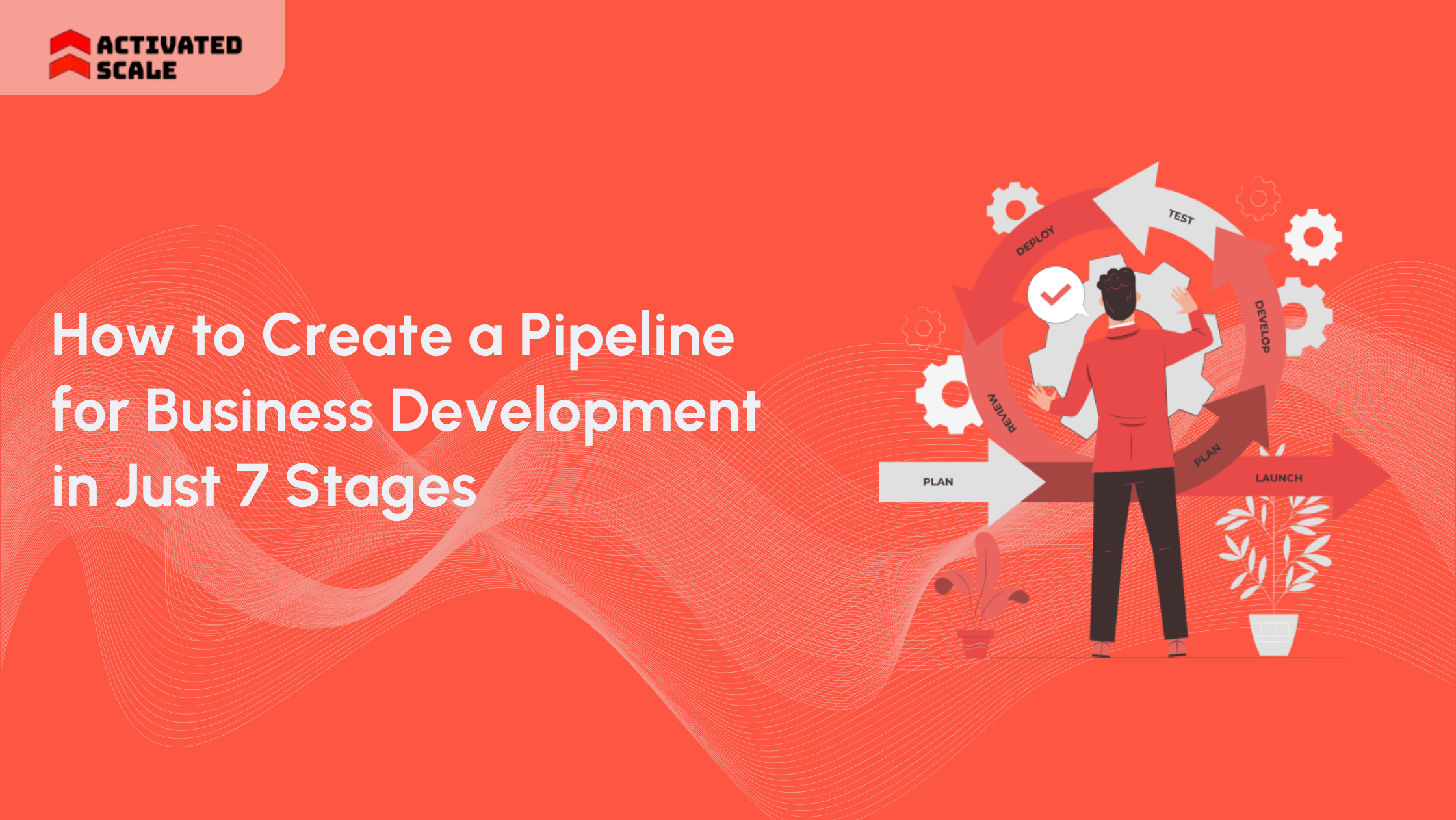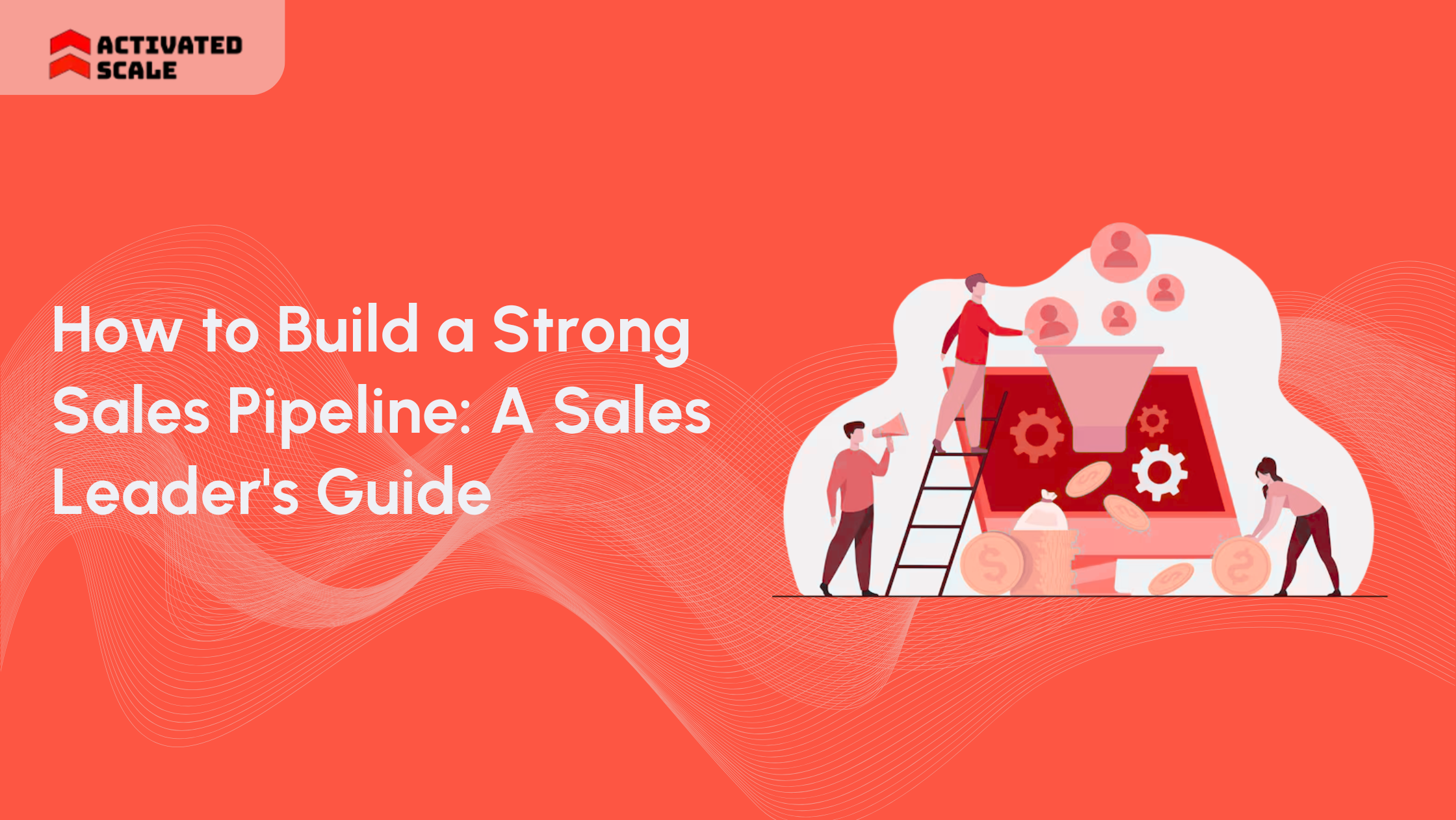In today’s growing SaaS industry, few roles are as vital to scaling revenue as the sales development representative (SDR). SDRs play a critical part of sales teams, especially for SaaS businesses, as they’re often the first point of direct contact between a company and potential leads, setting the stage for future sales success.
Did you know that SDRs contribute to 30–40% of a company’s new business income? That’s nearly half of all new revenue, driven by a role dedicated to qualifying leads and building a healthy sales pipeline.
With their significant contribution in mind, it’s essential to understand the core responsibilities that make SDRs so effective. In this blog, we’ll explore the SaaS sales development representative responsibilities, the skills that set them apart, and why they are indispensable to any high-growth SaaS strategy.
Who is a SaaS Sales Development Representative?
The SaaS Sales Development Representative plays a pivotal role in the sales process, focusing on the initial stages of prospecting, qualifying, and nurturing leads. In SaaS, SDRs are key to building a strong pipeline by identifying potential customers, reaching out to them, and determining if they’re a good fit for the company’s products or services.
Key responsibilities of an SDR include:
- Prospecting and Lead Generation: SDRs use methods such as cold calling, emailing, and social selling to identify potential customers and generate interest in the company’s offerings.
- Qualifying Leads: They assess whether leads meet specific criteria and are a good fit for the company’s product or service, ensuring that the sales team focuses on the most promising opportunities.
- Booking Meetings: SDRs are responsible for scheduling meetings or demos with qualified prospects, moving them through the sales funnel.
- Collaboration with AEs: After qualifying leads, SDRs hand them off to Account Executives, who then work to close the sale, ensuring a smooth transition between stages of the sales process.
- Performance Tracking: SDRs are measured by key metrics like the number of qualified leads generated, meetings scheduled, and conversion rates, which help optimize their approach and improve overall sales efficiency.
With their role deeply embedded in lead generation and sales conversion, the importance of SaaS Sales Development Representatives becomes undeniable. Let’s explore what makes this role so essential to a SaaS company’s growth.
Importance of SaaS Sales Development Representative
The importance of SaaS Sales Development Representatives (SDRs) lies in their critical role in generating and qualifying leads, which directly impacts a company’s revenue growth and the strength of its sales pipeline.
- Drives Lead Generation: SDRs are key to filling the top of the sales funnel by identifying and reaching out to potential customers.
- Boosts Revenue Growth: According to The Bridge Group’s Sales Development Report 2021, SDRs generate a median pipeline of $3 million annually, highlighting their direct impact on business growth.
- Improves Sales Efficiency: By qualifying leads early, SDRs free up Account Executives to focus on closing deals, speeding up the overall sales cycle.
- Enhances Lead Quality: SDRs ensure only well-vetted, high-intent prospects are passed along, improving conversion rates and sales outcomes.
- Shapes First Impressions: As the first point of contact, SDRs represent the brand, making it crucial they establish trust and set a strong tone for the buyer journey.
To succeed in such a high-impact role, an SDR needs more than just persistence. They must bring a specific set of skills and qualities to the table.
Also read: Building a SaaS Sales Team
Skills and Qualities of a Successful SaaS SDR
While the role of an SDR may seem straightforward, the best sales professionals in this field possess a combination of technical, strategic, and interpersonal skills that set them apart. Here's what makes a great SaaS Sales Development Representative.
- Strong Communication Skills: Since much of their role involves reaching out to prospects via email, phone, or social media, clear and concise communication is essential. An SDR needs to know how to tailor their messaging to each prospect and address their pain points effectively.
- Persistence and Resilience: Outbound sales can be tough, and rejection is part of the job. A successful SDR needs to be persistent, bouncing back from setbacks and continuously refining their approach. They must maintain a positive attitude and drive toward achieving their goals.
- Industry Knowledge: A deep understanding of the SaaS industry, your company's product offerings, and your competitors' solutions helps an SDR craft personalized outreach strategies and engage prospects more effectively. An SDR that can speak knowledgeably about the industry gains credibility and trust with potential customers.
- Effective Time Management: SDRs juggle numerous leads, follow-ups, and outreach activities daily, making efficient time management crucial to maintaining productivity and ensuring no opportunity is overlooked.
- Tech-Savvy: With the growing reliance on CRM systems, outreach automation tools, and prospecting platforms, a tech-savvy SDR is more efficient. Familiarity with tools like Salesforce, Outreach, or LinkedIn Sales Navigator enables SDRs to streamline their workflows and stay organized.
- Empathy and Emotional Intelligence: Building genuine relationships is key. SDRs need to understand their prospects' pain points and demonstrate empathy, which helps in moving the relationship forward. Emotional intelligence also helps them handle objections and build trust with leads.
Of course, even the most skilled SDRs need the right tools to support their efforts and maximize efficiency.
Also read: Building an Effective Enterprise SaaS Sales Strategy
Tools and Technologies Used by SDRs

The SaaS Sales Development Representative uses a range of tools to boost productivity and streamline their workflow. Here are some of the key tools SDRs rely on.
- CRM Software: Tools like Salesforce and HubSpot help SDRs track leads, manage interactions, and stay organized for efficient follow-ups.
- Email Outreach Platforms: Tools such as Outreach and Mailshake allow SDRs to send personalized emails in bulk and automate follow-ups, optimizing time while maintaining a personal touch.
- Social Media: LinkedIn and Twitter are essential for networking and social selling, helping SDRs connect with prospects effectively.
- Analytics Tools: SDRs use performance analytics to track key metrics, such as leads contacted and meetings booked, ensuring continuous improvement in their outreach strategy.
While these tools are essential for optimizing an SDR's workflow, the role still comes with its fair share of challenges that can impact their effectiveness.
Also read: Essential SaaS Sales Roles for Growing Businesses
What are the Challenges Faced by SDRs?
While the role of an SDR is rewarding, it comes with its own set of challenges. Here are some common obstacles SDRs face.
- Dealing with Rejection: Cold calling and outreach can result in frequent rejection, which can be demotivating for SDRs. Developing a thick skin and maintaining persistence is key to success in this role.
- Lead Quality: Sometimes, SDRs may be given poorly qualified or outdated lead lists, making it difficult to engage effectively with prospects. SDRs must work closely with the marketing team to ensure they have access to high-quality leads.
- Long Sales Cycles: In SaaS, the sales cycle can be lengthy, making it challenging to maintain momentum. SDRs may have to wait for a long time before seeing the fruits of their labor.
- Limited Resources: Sometimes, SDRs face challenges due to a lack of proper tools, training, or support, which can hinder their ability to perform effectively. Proper training and access to the right resources are essential for SDRs to thrive.
Overcoming these challenges is a key part of what makes an SDR's role so crucial to a SaaS company's success.
Conclusion
The SaaS Sales Development Representative (SDR) is an integral part of any sales team, especially in industries like SaaS, where generating high-quality leads is crucial for business success. By focusing on lead generation, qualification, and maintaining an organized process, SDRs help fuel the sales pipeline and ensure that senior sales professionals can focus on closing deals.
With the right combination of skills, tools, and support, SDRs can significantly impact your company’s growth. Whether you're looking to strengthen your sales team or improve your lead qualification process, SDRs are the driving force behind a thriving sales operation.
At Activated Scale, we understand the importance of having the right talent in place. Our platform specializes in helping you hire experienced SDRs who can accelerate your sales strategy and contribute to sustainable growth.
Ready to take your sales team to the next level? Book your call today and let us help you find the perfect SDRs to fuel your SaaS business’s success!
The Ultimate Guide to Hiring a Salesperson!
Get the step-by-step guide to hiring, onboarding, and ensuring success!
_edi.png)




